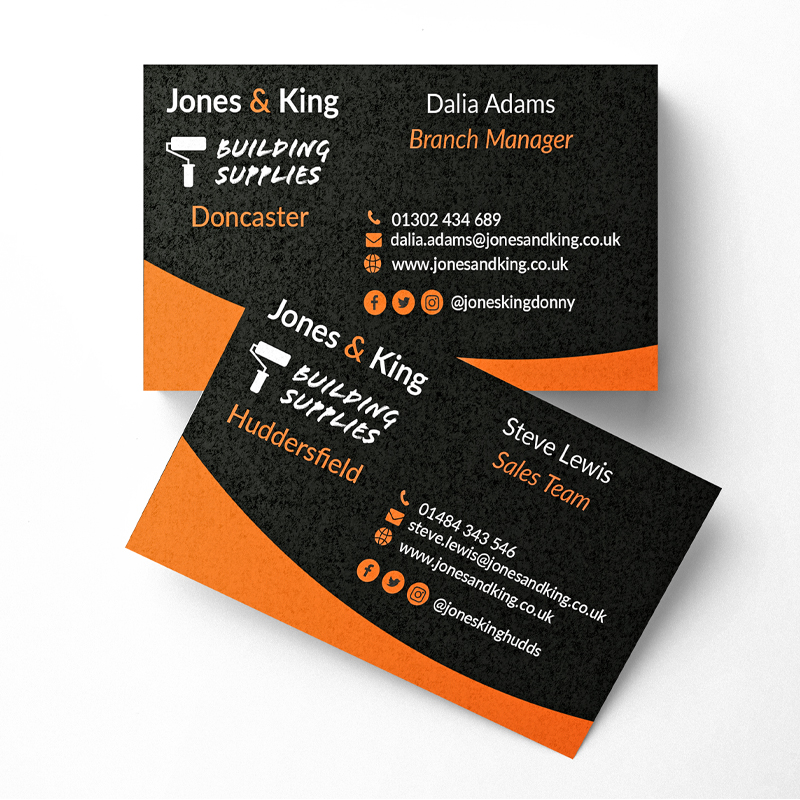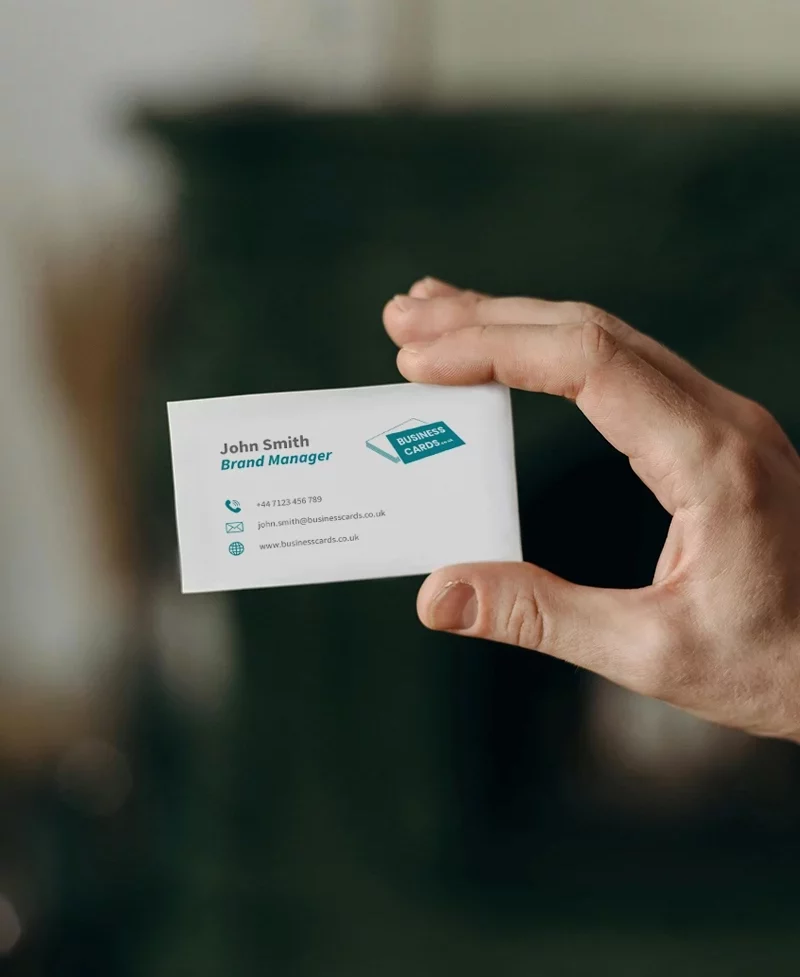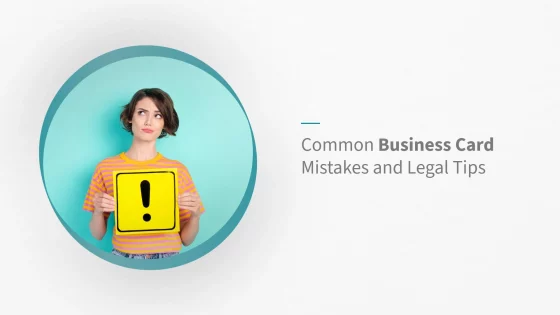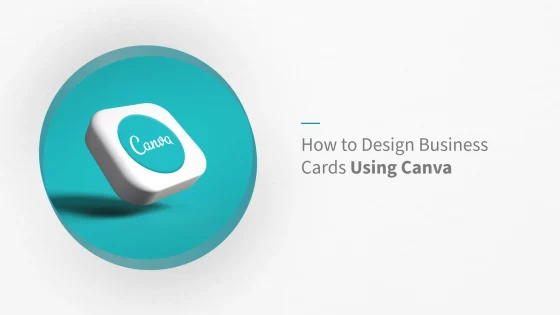Choosing the Best Paper for Business Cards
A business card may be small, but it speaks volumes about your brand. While layout and design often take centre stage, the type of paper you choose plays an equally vital role. From card weight and texture to finish and eco credentials, every detail contributes to how your business is perceived. In the UK, choosing the right business cards stock helps you create lasting impressions and reinforce your brand values in every exchange.
This guide explores how to choose the best paper for business cards, covering everything from GSM and finish types to sustainability and use cases—helping you make confident, brand-aligned decisions.
Why Paper Quality Matters for Business Cards
When you hand over a business card, the first thing someone notices isn’t the typography or logo—it’s how the card feels. That tactile experience leaves an immediate impression.
A lightweight, flimsy card may suggest a lack of care or professionalism. In contrast, a thicker, well-crafted card communicates credibility and attention to detail—qualities that influence how your business is remembered long after the initial exchange.
In a competitive environment, the right paper choice can make your brand stand out long after the handshake.

GSM Explained: Understanding Paper Weight
GSM (grams per square metre) is the standard measurement for paper weight in the UK. It indicates the density and thickness of the stock. The higher the GSM, the thicker and more rigid the card.
- 300–350 GSM: Considered standard. Offers a decent feel and is suitable for everyday use.
- 400–450 GSM: Premium thickness. Feels more robust and professional in hand.
- 500+ GSM: Often used for luxury or multilayered (triplex) cards. Extremely rigid and high-end.
Some printers may also refer to thickness in points (pt), where 14 pt roughly equates to 300–350 GSM, and 32 pt aligns with luxury-grade cards. For an overview of accepted GSM ranges and classifications, refer to UK printing standards from the British Printing Industries Federation.
Types of Business Card Paper in the UK
The paper you select affects more than durability—it influences colour reproduction, texture, writability and overall perception. Below are the most common options available in the UK:
Uncoated Card
- Natural, slightly rough texture
- Ideal for minimal designs or eco-conscious brands
- Easy to write on with pens and pencils
Coated Card (Gloss, Silk, Matte)
- Smooth surface for crisp colours and a polished look
- Gloss: High shine, best for vibrant visuals or photography
- Silk/Matte: Subtle and refined, often used in professional settings
Textured Stocks
- Includes linen, laid, and hammered finishes
- Adds tactile depth and visual distinction
- Perfect for creative or heritage brands
Soft Touch Laminate
- Ultra-smooth, velvet-like surface
- Feels luxurious and resists scuffs and fingerprints
- Works well for premium or modern brand identities
Special Finishes
- Spot UV, foil stamping, debossing and embossing add visual impact and texture
- Ideal for highlighting logos or key design elements
- Can be used selectively to enhance without overwhelming
Sustainable Paper Options for Business Cards
Sustainability is increasingly central to brand identity. Fortunately, eco-friendly business card papers now rival traditional stocks in both quality and appearance.
- 100% Recycled Card: Often available uncoated with natural texture. Suitable for businesses that prioritise environmental responsibility.
- Kraft Paper: Brown, tactile and rustic. Great for artisanal or organic brands.
- FSC-Certified Stocks: Ensures paper is sourced from responsibly managed forests
Recycled or FSC-certified papers not only reduce environmental impact but also reinforce brand values around sustainability and ethics. Eco choices no longer require a trade-off in quality. FSC-certified paper ensures sourcing from responsibly managed forests. Learn more about FSC certification in the UK.
Matching Paper Type to Brand and Purpose
The best paper for your business cards depends on your industry, design aesthetic and how the cards will be used. Here’s how to align paper choices with your brand:
- Creative Agencies: Textured or letterpress on 400+ GSM to convey innovation and attention to detail
- Tech Start-ups: Matte or silk-coated finishes with bold colours and interactive features like QR codes
- Corporate Professionals: Gloss or soft-touch coating on heavyweight card for a polished, dependable look
- Eco-Conscious Brands: Uncoated, recycled or kraft paper that supports environmental messaging
- Freelancers: Writable, mid-weight uncoated card stock for personalisation and flexible use
By aligning material choices with your brand personality, your business card becomes a more meaningful representation of who you are.

Balancing Quality and Cost
Business card pricing in the UK is usually determined by paper weight, finish and quantity. However, you don’t need the most expensive option to achieve a strong impact.
- Standard 300–350 GSM cards: Cost-effective and suitable for general distribution
- Premium 400–450 GSM cards: More substantial feel at a modest price increase
- Luxury 500+ GSM cards: Ideal for strategic contacts or premium branding needs
If you regularly attend networking events or exhibitions, it may make sense to order two sets: one standard for everyday use and one premium for select clients. This balances budget with brand experience.
Conclusion: Make the Right Impression with the Right Paper
The paper you choose is just as important as the design you print on it. A well-made business card, crafted from the right materials, does more than share contact details—it sets expectations, builds trust, and supports brand recognition.
Whether you’re printing in bulk for team distribution or designing a select batch for key clients, the right choice of GSM, finish and stock can help ensure your cards reflect the quality of your business.
Ready to create business cards that leave a lasting impression? Explore high-quality paper stocks and order with confidence today.


